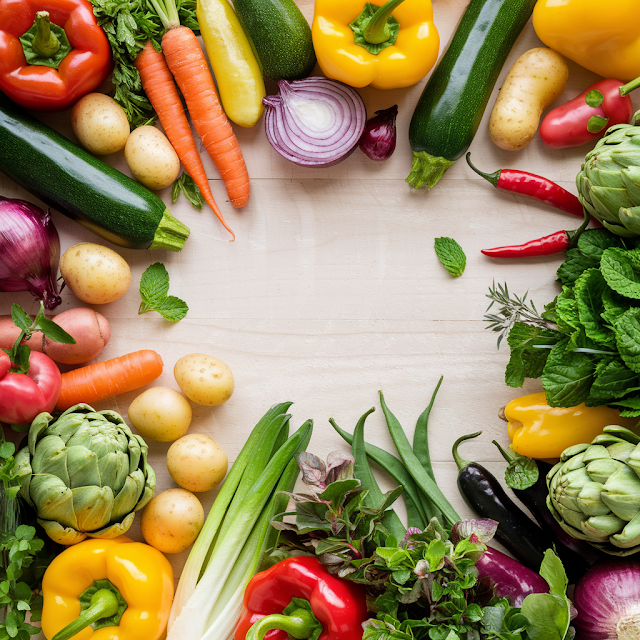Food Securely and Properly Packaged – A Commitment to Safety, Quality, and Freshness
Food packaging plays a vital role in maintaining the quality, hygiene, and safety of consumable products. The phrase “Food Securely and Properly Packaged” signifies much more than just wrapping or boxing food. It’s a promise that the food you receive has been handled with care, packaged with precision, and sealed with your health and satisfaction in mind. This process ensures that the food remains fresh, uncontaminated, and suitable for consumption from production to plate.
Secure and proper packaging starts with using the right materials. Food-grade packaging, whether plastic, glass, paper, or biodegradable alternatives, must be non-toxic, safe, and capable of preserving the integrity of the food. Airtight sealing, moisture resistance, and temperature protection are essential components. These ensure that external factors such as bacteria, humidity, dust, and air do not compromise the food’s quality. For example, vacuum-sealed meats, foil-wrapped snacks, or moisture-proof cereals all demonstrate how specific packaging techniques help extend shelf life and maintain freshness.
Moreover, hygienic packaging facilities play a crucial role in the process. Secure food packaging involves automated systems and strict protocols that minimize human contact, thus reducing the risk of contamination. Cleanroom environments, sanitization procedures, and quality checks are standard in the food industry to ensure safety. Labels with manufacturing and expiry dates, nutritional information, and allergen warnings further help build consumer trust and transparency.
Another significant aspect of properly packaged food is compliance with local and international safety standards. Government bodies like the FDA (U.S. Food and Drug Administration), EFSA (European Food Safety Authority), and food safety authorities in other countries regulate how food is packaged, stored, and labeled. Meeting these standards is a clear indication that food has been securely and properly packaged. It gives consumers confidence that what they are eating is not only tasty but also safe and reliable.
In addition to food safety, proper packaging helps preserve the visual appeal and quality of the product. A securely packaged meal retains its texture, aroma, and flavor better than one that is loosely or poorly wrapped. It also prevents leakage, spillage, or damage during transportation and storage. Whether you are buying a frozen pizza, a can of soup, or a fresh salad, knowing that the item was properly packaged assures you that it will arrive intact and ready to enjoy.
Furthermore, modern packaging solutions are increasingly focused on sustainability. Eco-friendly packaging materials and recyclable or biodegradable options ensure that the food is not only secure but also environmentally responsible. Secure packaging no longer means using thick plastic—it can mean using smart designs that reduce waste while still protecting the food effectively.
In the world of online food delivery, secure and proper packaging has become even more important. Restaurants and food delivery platforms now use tamper-evident packaging, insulation for hot or cold items, and spill-proof containers to guarantee that food reaches customers in the best possible condition.
In summary, “Food Securely and Properly Packaged” is a quality standard that covers multiple aspects: safety, hygiene, sustainability, compliance, and customer satisfaction. From farm to factory to fork, every step in the food packaging process matters. Consumers today expect more than just good taste—they want assurance that what they are eating has been prepared and delivered with the highest standards of care. Proper packaging is a key part of delivering on that promise.






0 Comments